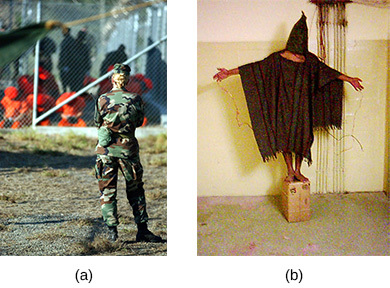| << Chapter < Page | Chapter >> Page > |
His administration offered two potential solutions to these problems. First, it sought to hold schools accountable for raising standards and enabling students to meet them. The No Child Left Behind Act , signed into law in January 2002, erected a system of testing to measure and ultimately improve student performance in reading and math at all schools that received federal funds ( [link] ). Schools whose students performed poorly on the tests would be labeled “in need of improvement.” If poor performance continued, schools could face changes in curricula and teachers, or even the prospect of closure.

The second proposed solution was to give students the opportunity to attend schools with better performance records. Some of these might be charter schools , institutions funded by local tax monies in much the same way as public schools, but able to accept private donations and exempt from some of the rules public schools must follow. During the administration of George H. W. Bush, the development of charter schools had gathered momentum, and the American Federation of Teachers welcomed them as places to employ innovative teaching methods or offer specialized instruction in particular subjects. President George W. Bush now encouraged states to grant educational funding vouchers to parents, who could use them to pay for a private education for their children if they chose. These vouchers were funded by tax revenue that would otherwise have gone to public schools.
In the wake of the 9/11 attacks, Americans had rallied around their president in a gesture of patriotic loyalty, giving Bush approval ratings of 90 percent. Even following the first few months of the Iraq war, his approval rating remained historically high at approximately 70 percent. But as the 2004 election approached, opposition to the war in Iraq began to grow. While Bush could boast of a number of achievements at home and abroad during his first term, the narrow victory he achieved in 2000 augured poorly for his chances for reelection in 2004 and a successful second term.
As the 2004 campaign ramped up, the president was persistently dogged by rising criticism of the violence of the Iraq war and the fact that his administration’s claims of WMDs had been greatly overstated. In the end, no such weapons were ever found. These criticisms were amplified by growing international concern over the treatment of prisoners at the Guantanamo Bay detention camp and widespread disgust over the torture conducted by U.S. troops at the prison in Abu Ghraib , Iraq, which surfaced only months before the election ( [link] ).


Notification Switch
Would you like to follow the 'U.s. history' conversation and receive update notifications?